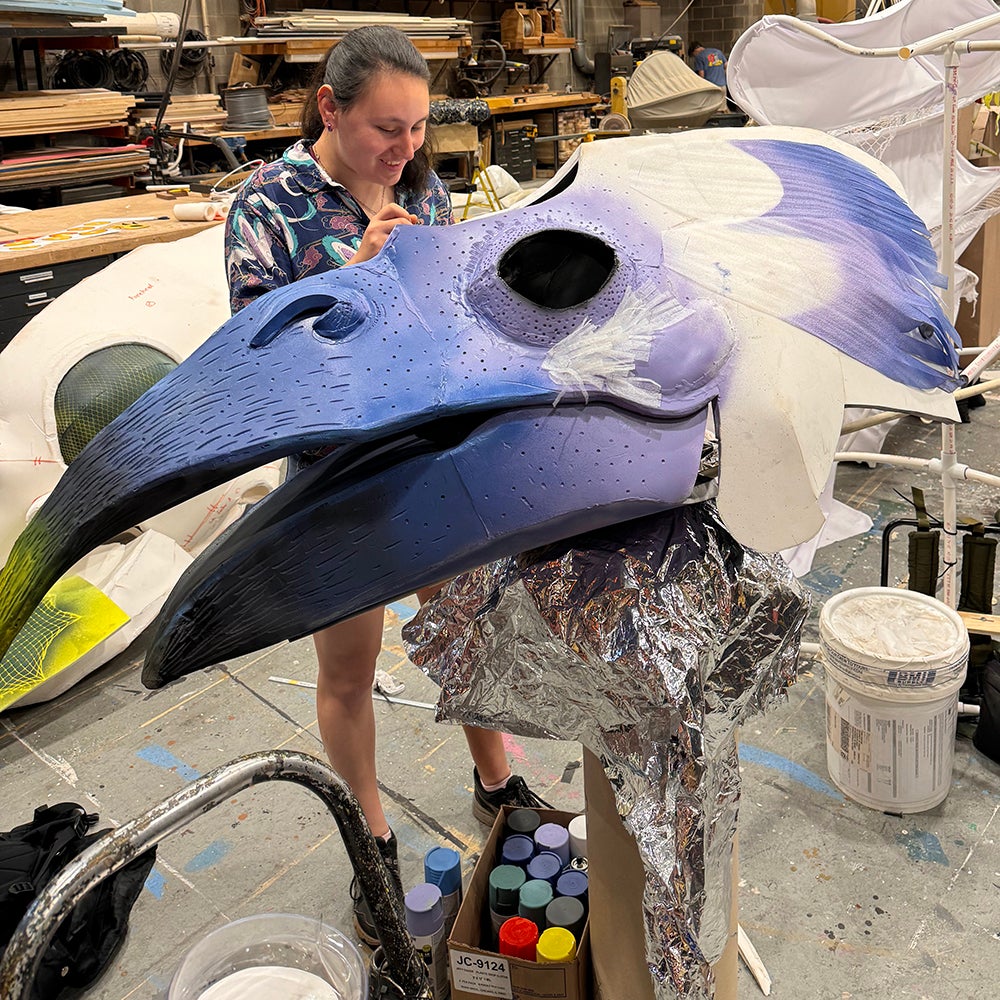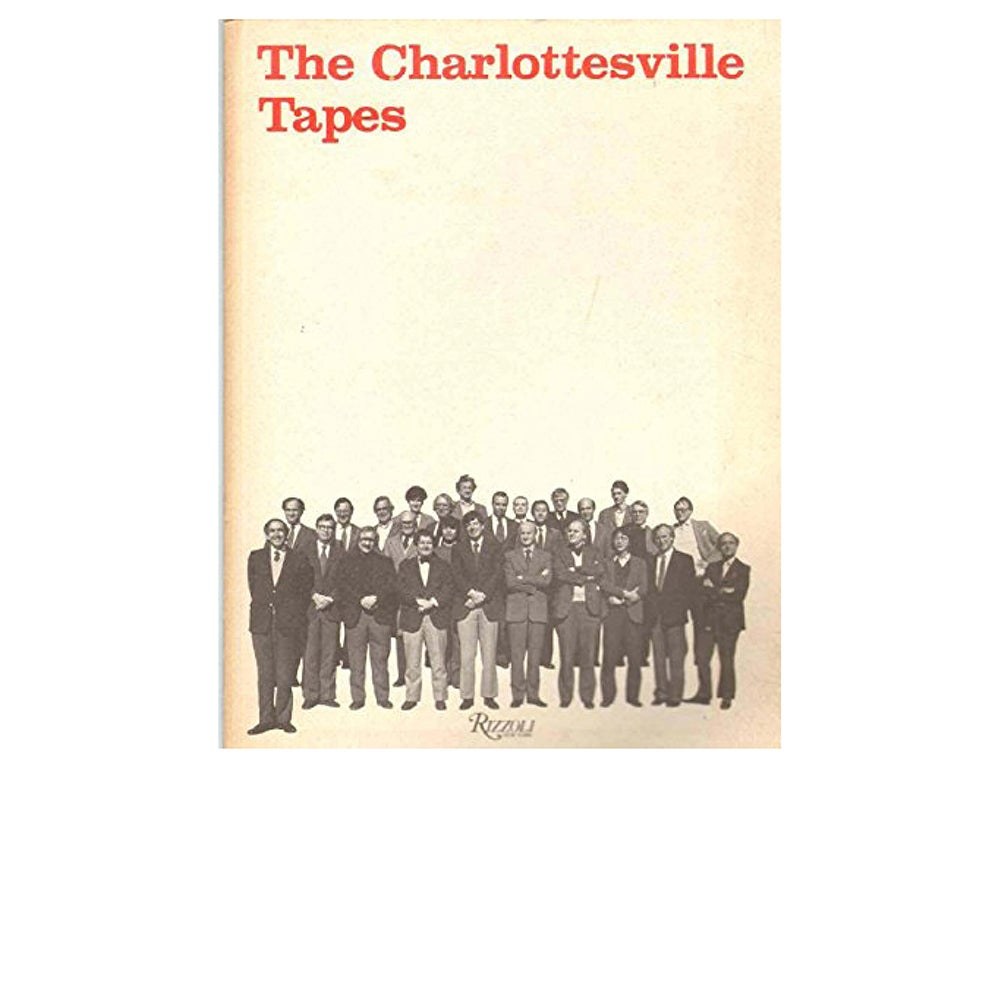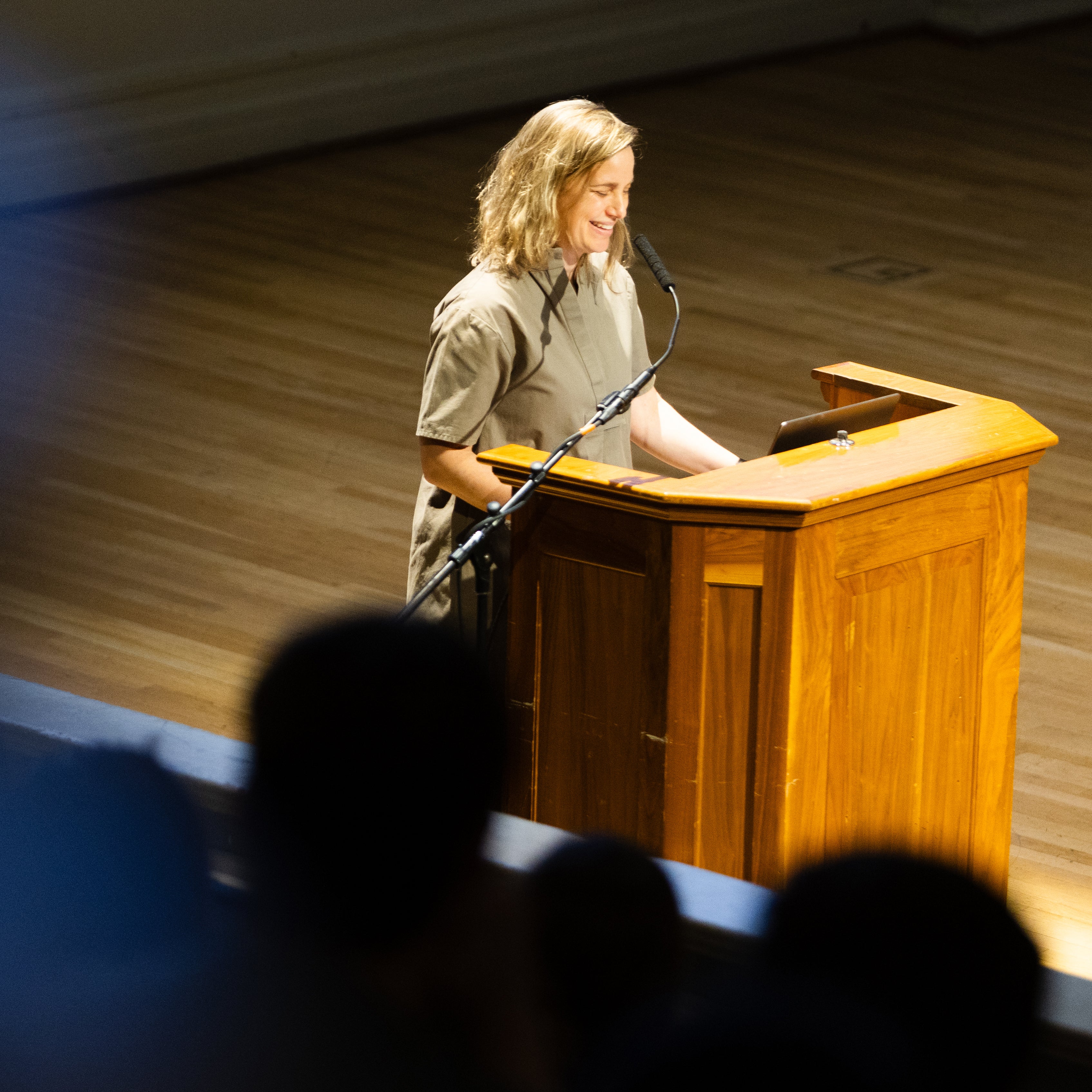
The Making of a Mural: An evolution of the collaborative dialogue between art and architecture

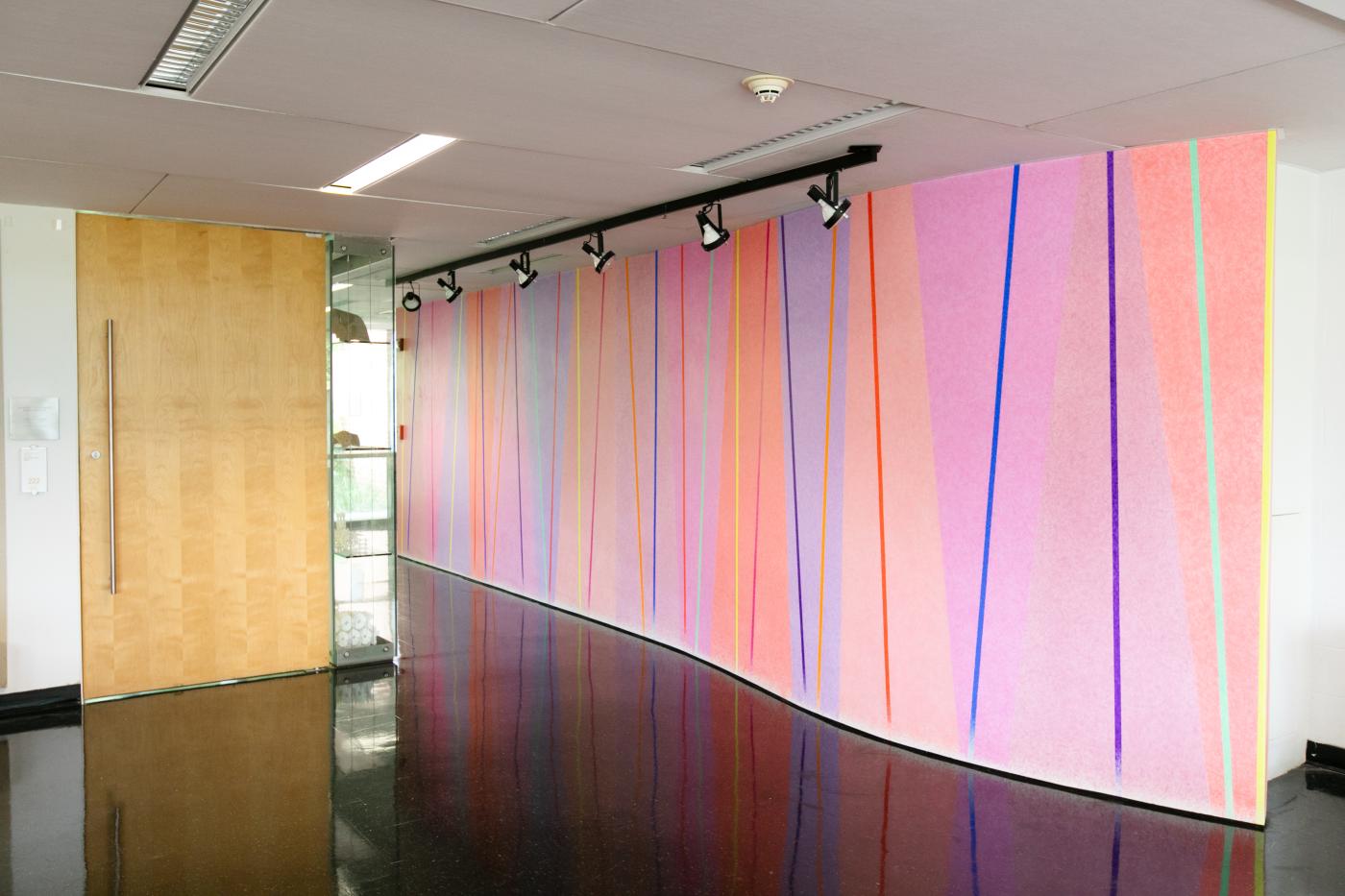
In fall 2023, the School of Architecture community witnessed the unveiling of a new mural in Campbell Hall that was sixteen years in the making. Sited on the only curved wall in the building, which was originally completed in 1970, how the mural came to be, over so many years, is both a reflection on creative practice and the culture of the A-School. The vivid intensity of color and textures, presented as a rhythmic cadence of lines and fields, brings new energy and joy to Campbell Hall — marking a place, born from a labor of love.
Looking back: The mural’s origins
Over thirty years after Campbell Hall opened its doors to architecture students, a series of major additions were completed under the leadership of then Dean Karen Van Lengen in the mid 2000s. Included was the south addition, designed by Professor William Sherman, who described the design and building process as an evolution, one where design, at times, was taking place at full-scale while the spaces were being built. One notable practical consideration led to the design of a unique and special moment in the building.
A wall was designed on the 2nd floor of Campbell Hall as a nexus, positioned to connect the newly opened stairwell of the double height north atrium to the newly conceived exterior classroom and gathering space designed by Warren Byrd. The wall, which marks the only place in the building offering a view to both the north and the south, was originally drawn as flat, but in order to avoid a mechanical pipe that could not be relocated, it was re-imagined as a curved surface. Sherman shared, “Once the curved wall was designed, the mural was conceived.”
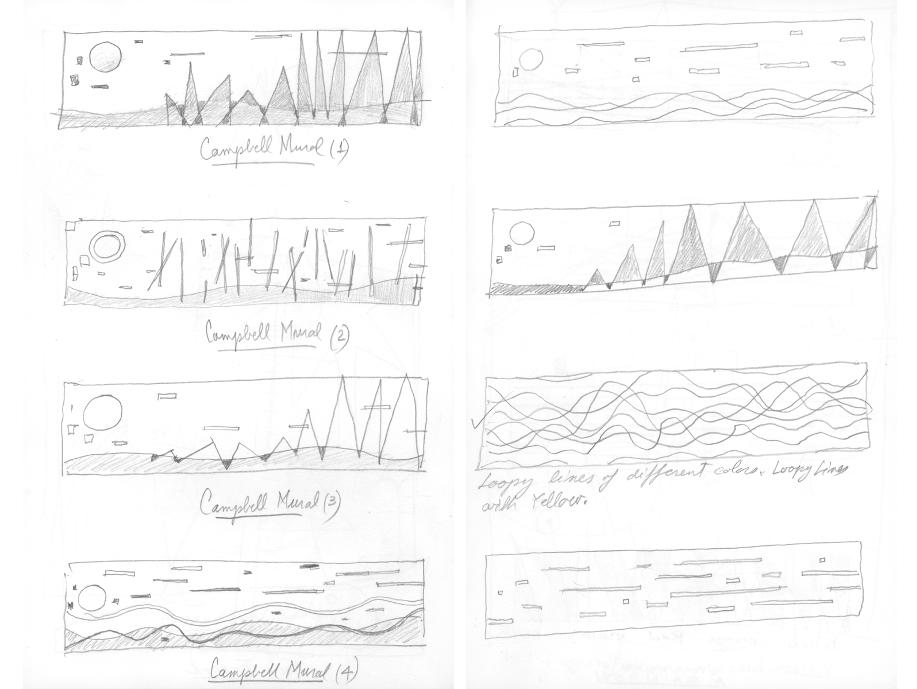
At that time, Sherman asked Professor Sanda Iliescu, whose background includes art and architecture, to design the curvature, recalling that the exact geometry and form was chalked on the surface of the floor, or in-situ, during the construction phase. The wall was destined to stand out as the only curved wall in the building, and so the decision was made to accentuate its unique form through its materiality and texture as well. Knowing that in its future a mural was in the making, the wall was made of a plaster finish, akin to the underlayment of Renaissance frescos.
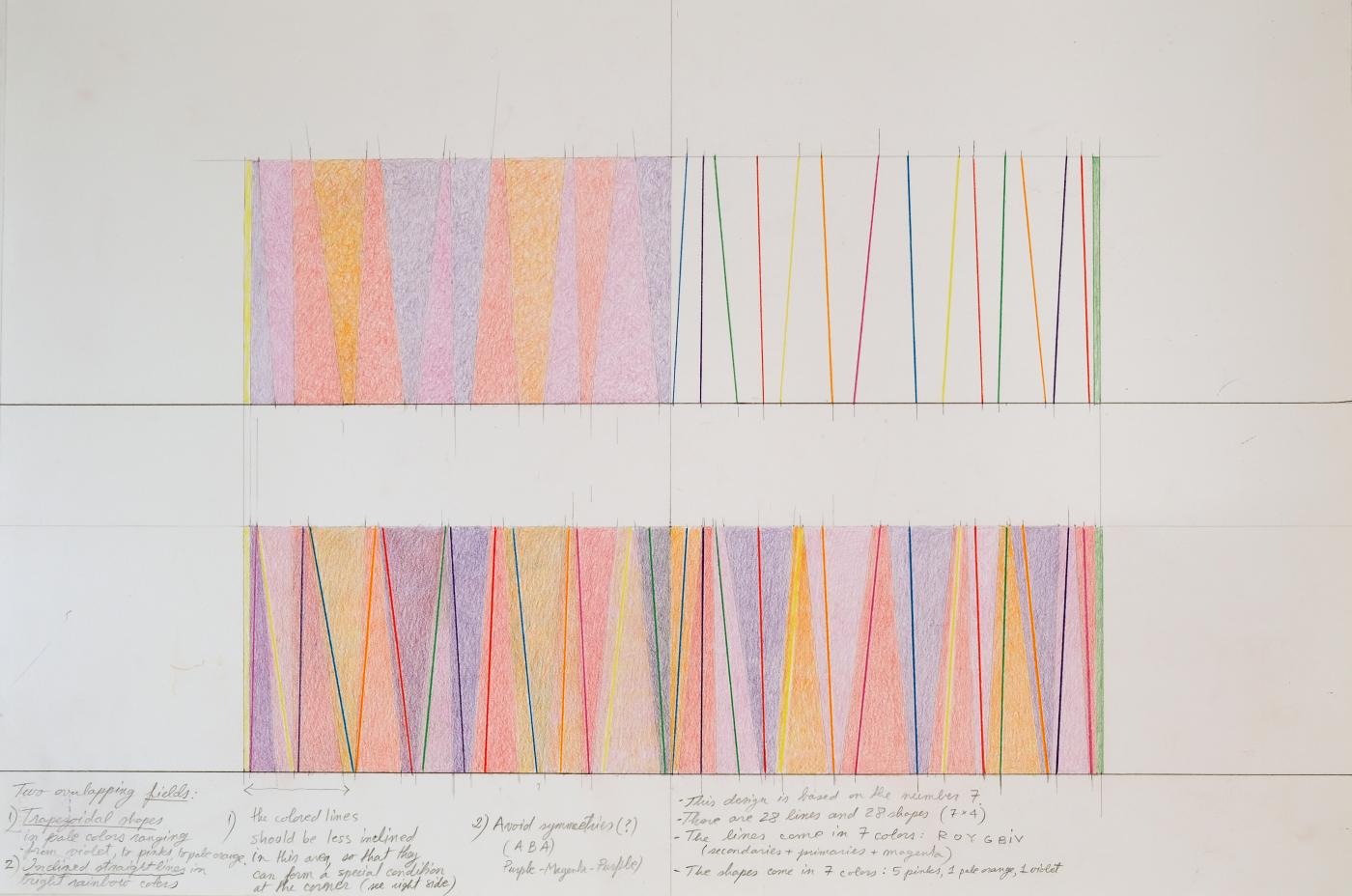
Over the next decade and a half, Iliescu developed innumerous proposals for the mural, from more figurative approaches to those that drew upon the power of abstraction. Where she arrived, upon its completion in 2023, was the result of a truly collaborative process, full of optimism and care.
Stepping back: A mural of color and contrast
Iliescu and recent graduates, Ariana Arenius, Dillon Laurie McDowell, and Nita Wareechatchai, formed a creative and collaborative team who gradually arrived at the final scheme for the mural, discussing the pros and cons, working together through an organic process to determine the colors, forms, and textures. They worked from an architectural composition developed by Iliescu comprised of a series of repeating “dancing lines" that would echo the footsteps of individuals moving through this passageway. The composition accounts for the wall’s position in the building as a tight space, where one can’t step back and see the wall as a whole. The rhythmic and abstract composition, of vivid colors and intense textures, presents itself at multiple scales and is perceptible in fragments.
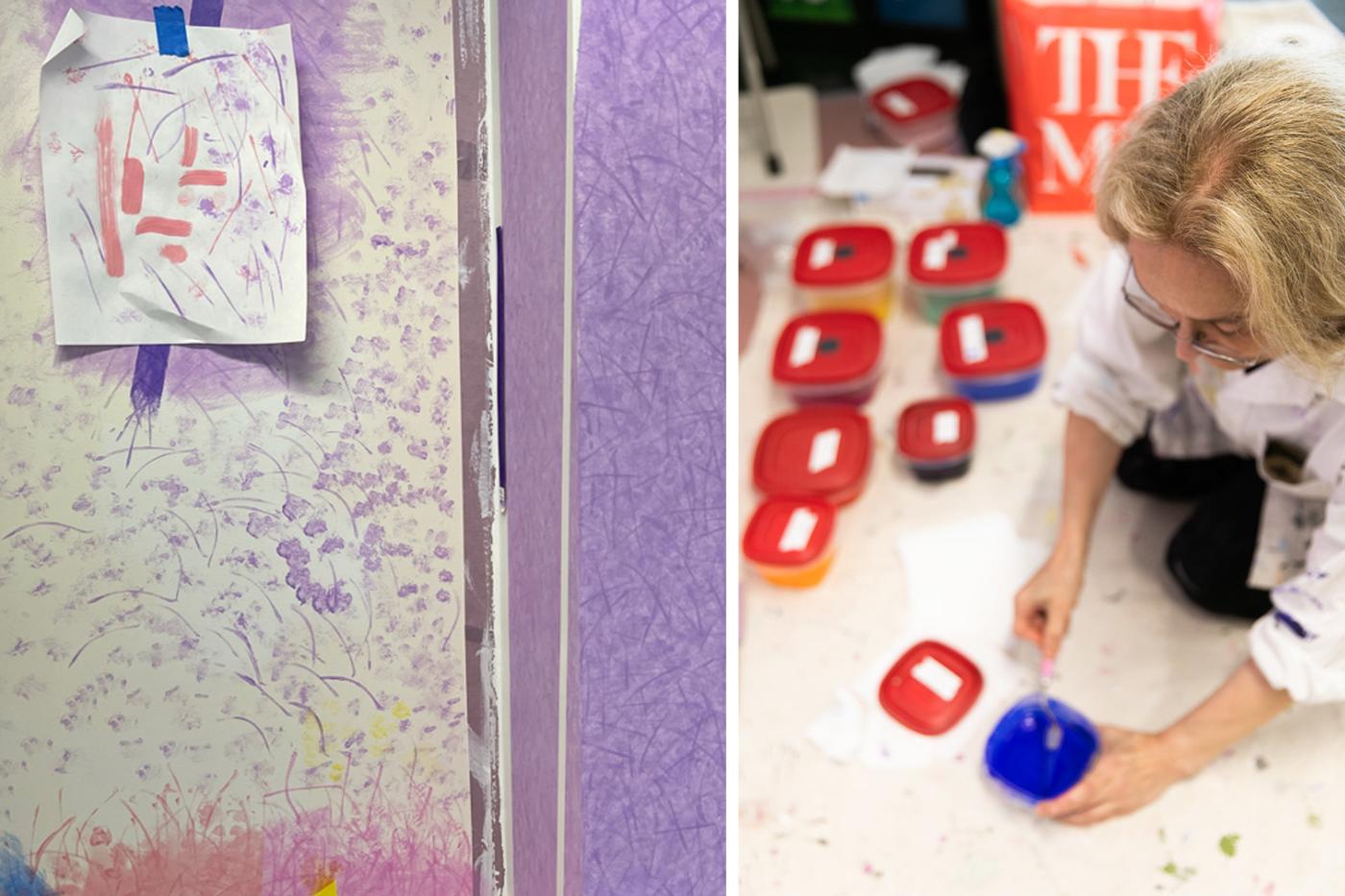
Iliescu describes the wall as “asserting another voice” and offering a gift to Campbell Hall that was previously missing through its choice of feminine colors – hues of pinks and purples. At a time when over half of the students at the School of Architecture are women, Iliescu explained how the wall emphasizes the importance of vivid color for the culture of the A-School, describing, “The mural lets us know that color does not need to be muted or greyed out.”
Standing out against the fields of pinks and purples, the mural’s “dancing lines” were painted in the seven colors of the rainbow — red, orange, yellow, green, blue, indigo, and violet — in order to evoke the spirit of openness and inclusivity to which the A-school community aspires.
A view forward: The hopeful dialogue between art and architecture
Through a working process described as "healthy and inclusive", Iliescu, Arenius, McDowell, and Wareechatchai embraced trial and error, evolution and surprise. In fact, Iliescu recalled upon the mural’s completion that one of her own teachers and mentors, artist Sol LeWitt (1928 – 2007), whom she met at the American Academy of Rome and who is known for his "wall drawings", emphasized the importance of joyful discovery in a creative process. Iliescu remembers him sharing that his best works would always surprise him, never fully preconceived or understood prior to its making.
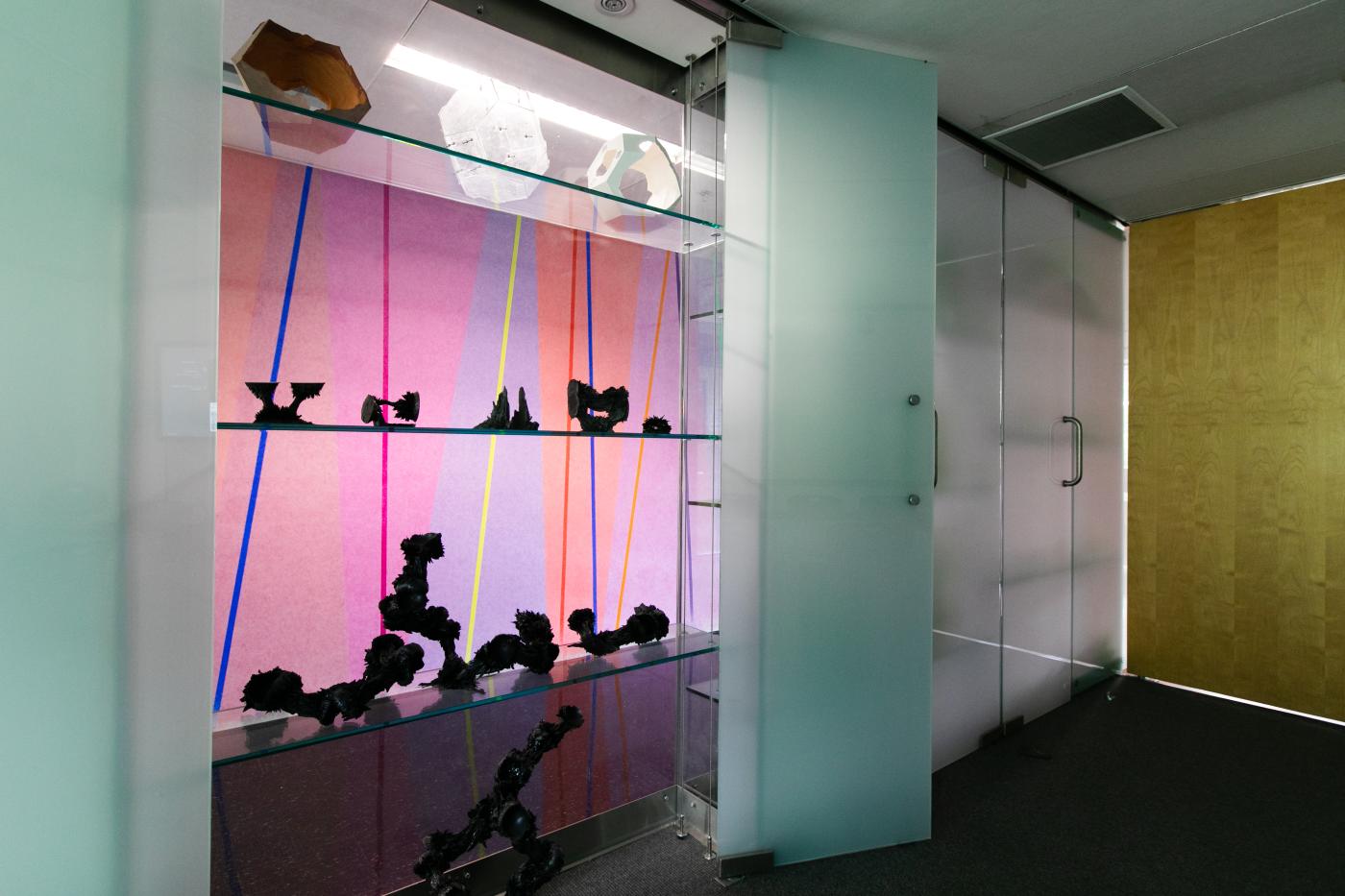
Sherman concurs. His admiration for the mural is, in part, tied to its relationship to contemporary media and how, in contrast, there is no way to create the work’s dimensional layers of textures and colors without being created by hand(s). Describing the mural as "a labor of love", he says it is a reminder to the School of how we are moved by aesthetics and beauty.
Through long and thoughtful discussions, the project team aptly named the mural "The Rosy-Fingered Dawn" — derived from Homer epics, describing the promising dawning of every new day. Boldly presented at a crossroads in Campbell Hall, experienced on a daily basis by students, faculty and staff alike, the mural offers an opportunity to be more alert to how our buildings, and their spatial and visual experiences, speak to us — aesthetically and ethically, with hope.
The Rosy Fingered Dawn Process Video
The Rosy-Fingered Dawn Mural Project Team:
Sanda Iliescu, Professor of Architecture
Ariana Arenius (MLA ‘23)
Dillon Laurie McDowell (BSArch ’23)
Nita Wareechatchai (BSArch ’20, MArch ’23, MLA ‘23)
With special thanks to:
Dick Smith, Facilities Manager
This project was made possible by a School of Architecture Summer Research Grant, funded by the Office of the Dean.

